Long before the arrival of the settlers brought by the Homestead Act of 1862, this part of North Dakota was a center of commerce in the fur trade. The Metis people, a mixed-race culture of Native Americans and French, English, and Scottish explorers, lived and traded in this area throughout the 18th and 19th centuries (French explorer Pierre Gaultier de Varennes, sieur de La Vérendrye, arrived in what is now North Dakota in 1738).
Gingras (pronounced Zhin Graw) Trading Post is in Pembina County, northeast of Walhalla, about four miles from the Canadian border. The buildings shown here are more than 170 years old, the oldest standing structures in North Dakota. (Note: The Kittson Trading Post store in Walhalla was built about the same time, but was moved from its original site, so technically, these are the oldest structures still on their original foundations.) The store shown here was built in 1843 (the State Historical Society says 1844) by Antoine Gingras. At that time, this settlement, known as St. Joseph, was considered part of Pembina, a pre-Dakota Territory settlement of Native American, Metis, and European Settlers. It would later be renamed Walhalla.
The log structure shown above was the store, and doubled as a dwelling until the house was completed. Much later, after the Trading Post had fallen out of use, this building was converted to a barn. It was later restored to its original appearance, and that is how it looks today.
According to the State Historical Society:
The restoration project was partially funded by a National Park Service historic preservation grant. Historic and archeological research was conducted by Nick G. Franke of the State Historical Society of North Dakota and Nancy Woolworth of the Minnesota Historical Society. Foss, Englestad, and Foss of Fargo served as architects, and Grant Braaten of Walhalla was the general contractor.
Inside the Gingras Trading Post. Behind the pelts hanging on the wall you can see a few of the lighter-colored new logs that were used when the trading post was restored.
Trade through this area was primarily via the Red River Ox Cart Trails, a network of trails that facilitated trade between British North America (later Canada) and St. Paul, Minnesota.
In the attic of the trading post. Louis Riel, the founder of Manitoba, was exiled from Canada in 1870, and reportedly hid out in this attic for a time.
The building shown above was the home built on the site shortly after the store. It has also been restored to it’s former appearance.
Under those blue walls is a wood-lath construction, assembled from split saplings, nailed to underlying logs with square, iron nails, and plastered with clay which was then troweled smooth.
In my personal opinion, this part of North Dakota is the anti-Medora. It is rich in history but virtually unknown, undeveloped, and under-promoted. Pembina Gorge, just west of this trading post, is an absolute treasure that most know nothing about. What do you know about Gingras Trading Post? Please leave a comment below.
Click Here to visit the State Historical Society’s page on the Gingras Trading Post.
Photos by Terry Hinnenkamp, copyright © Sonic Tremor Media

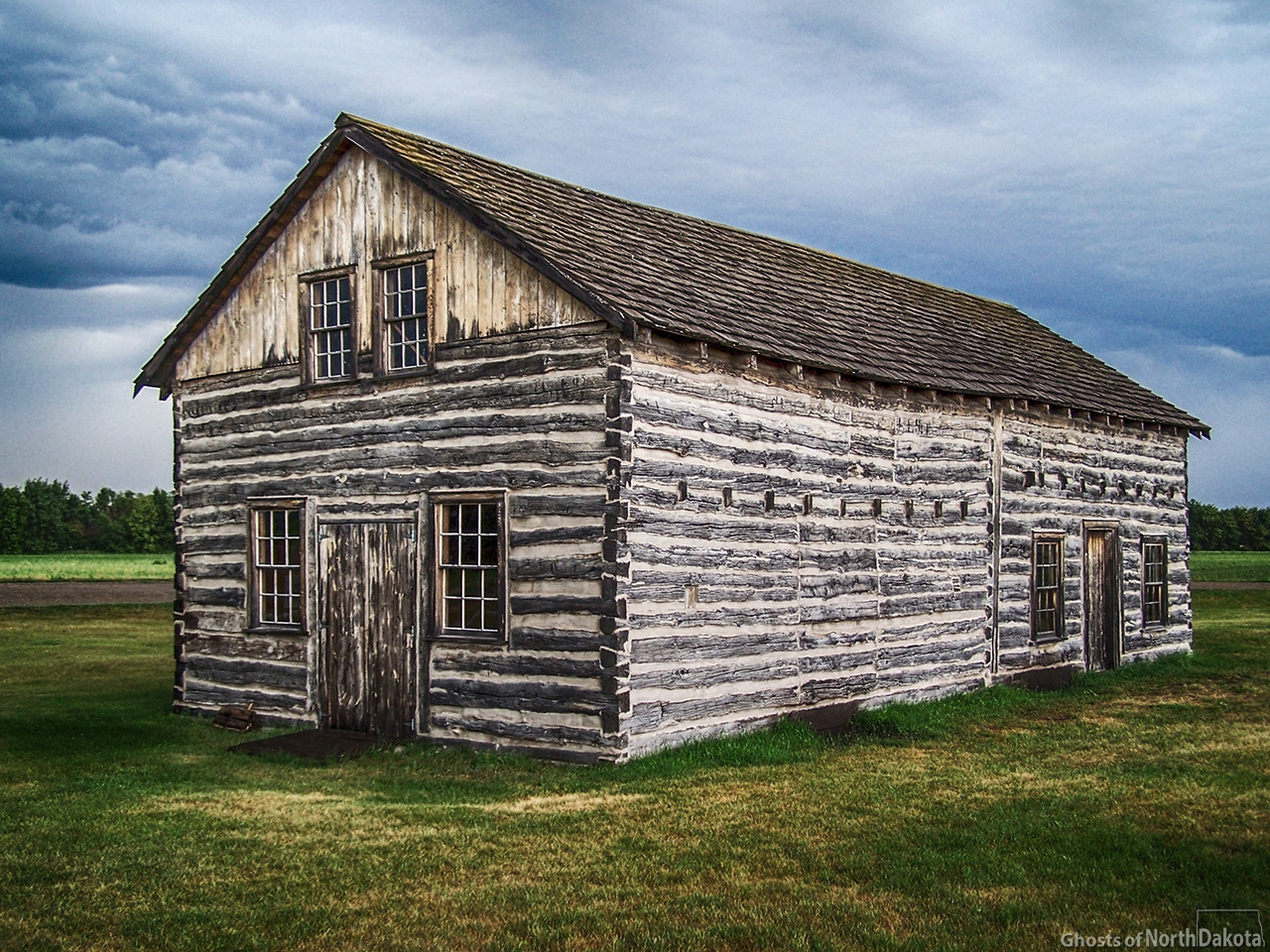


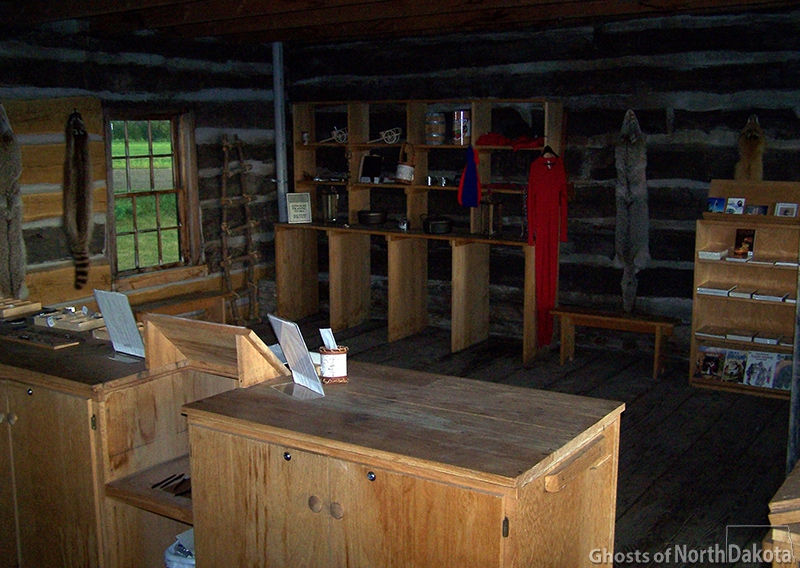
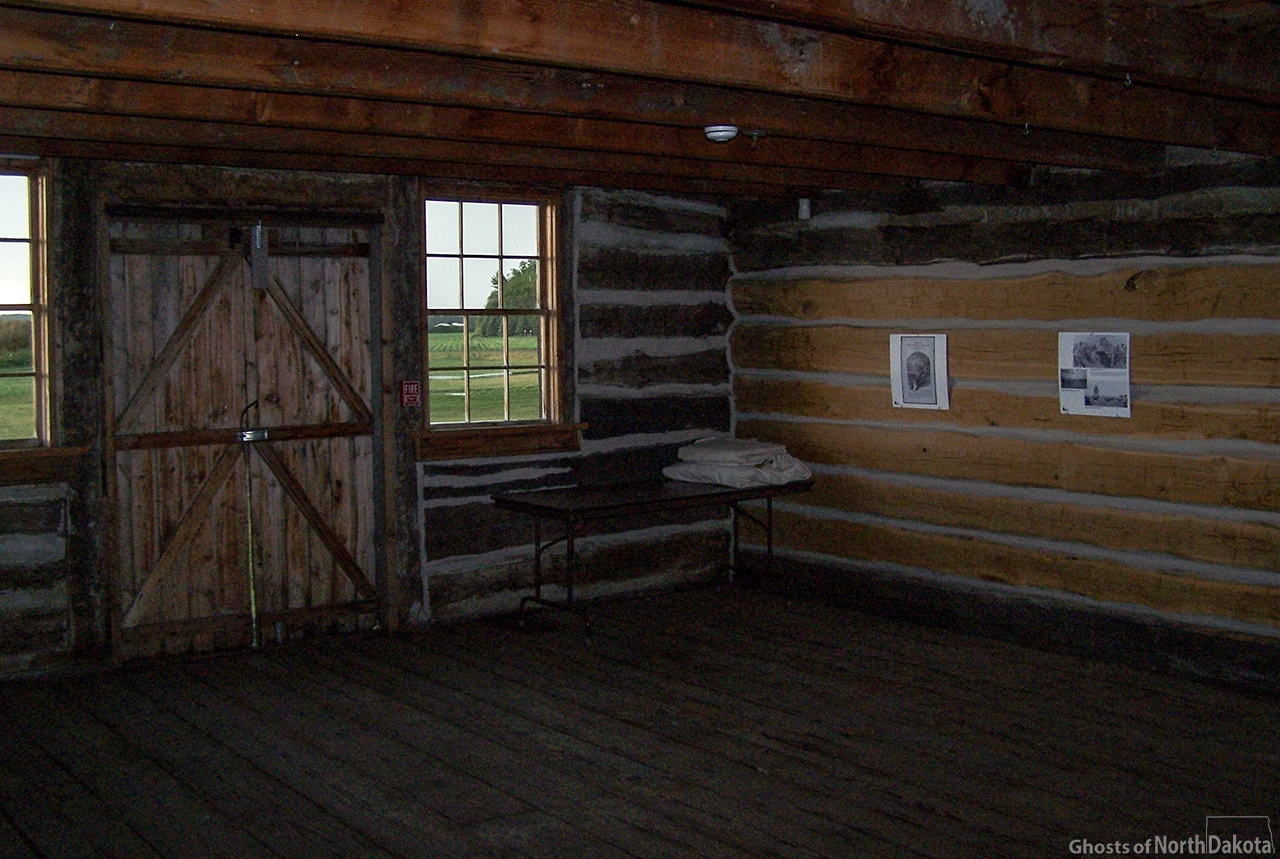
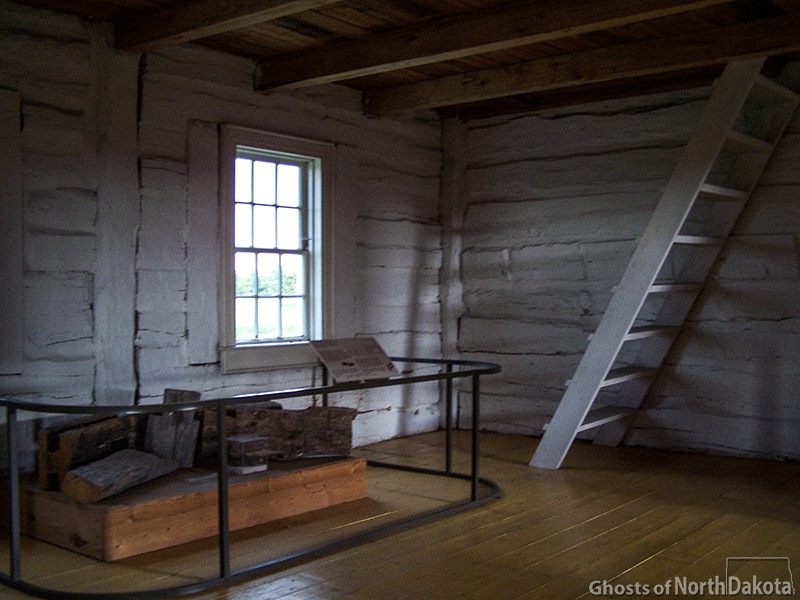

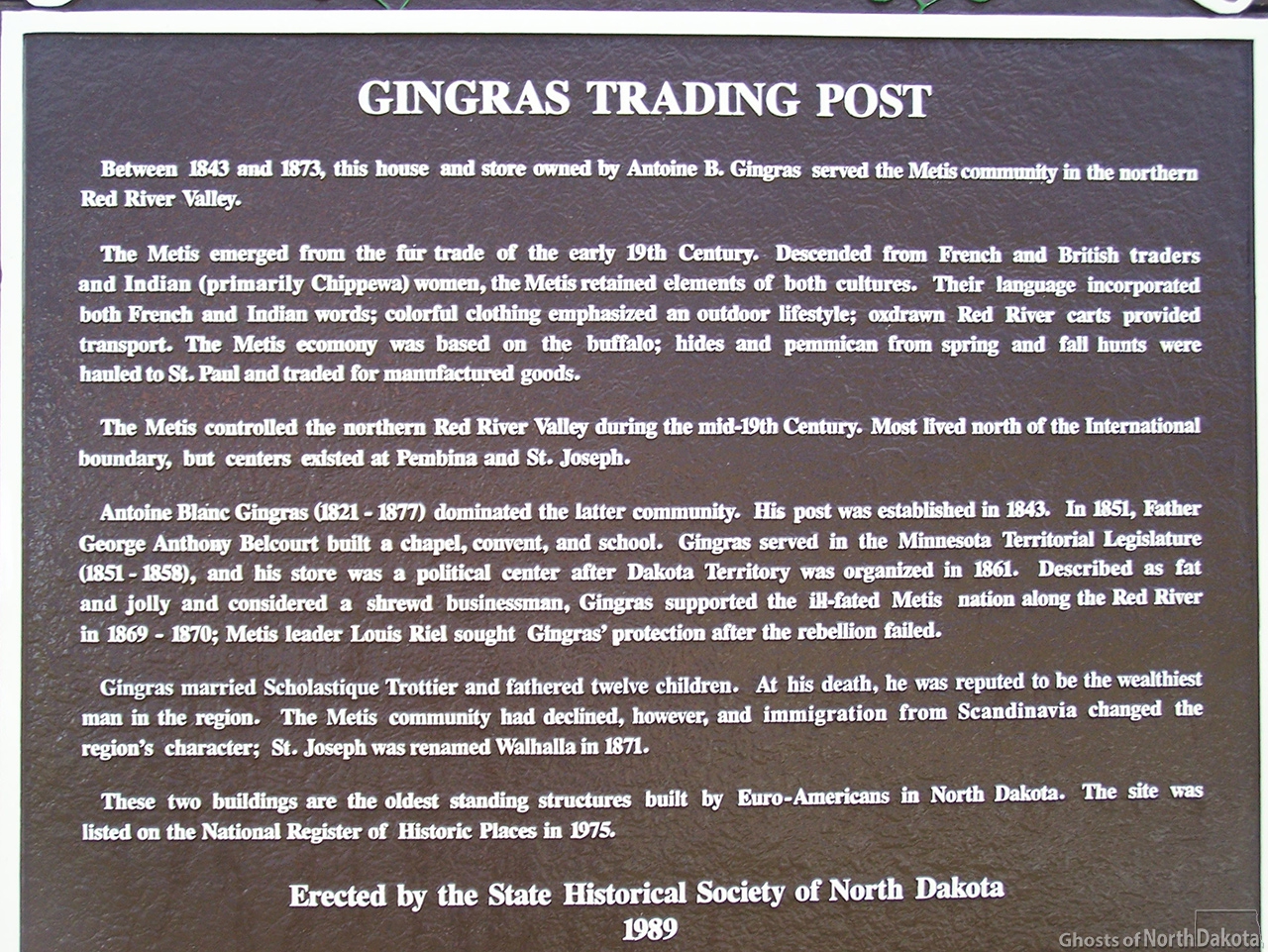
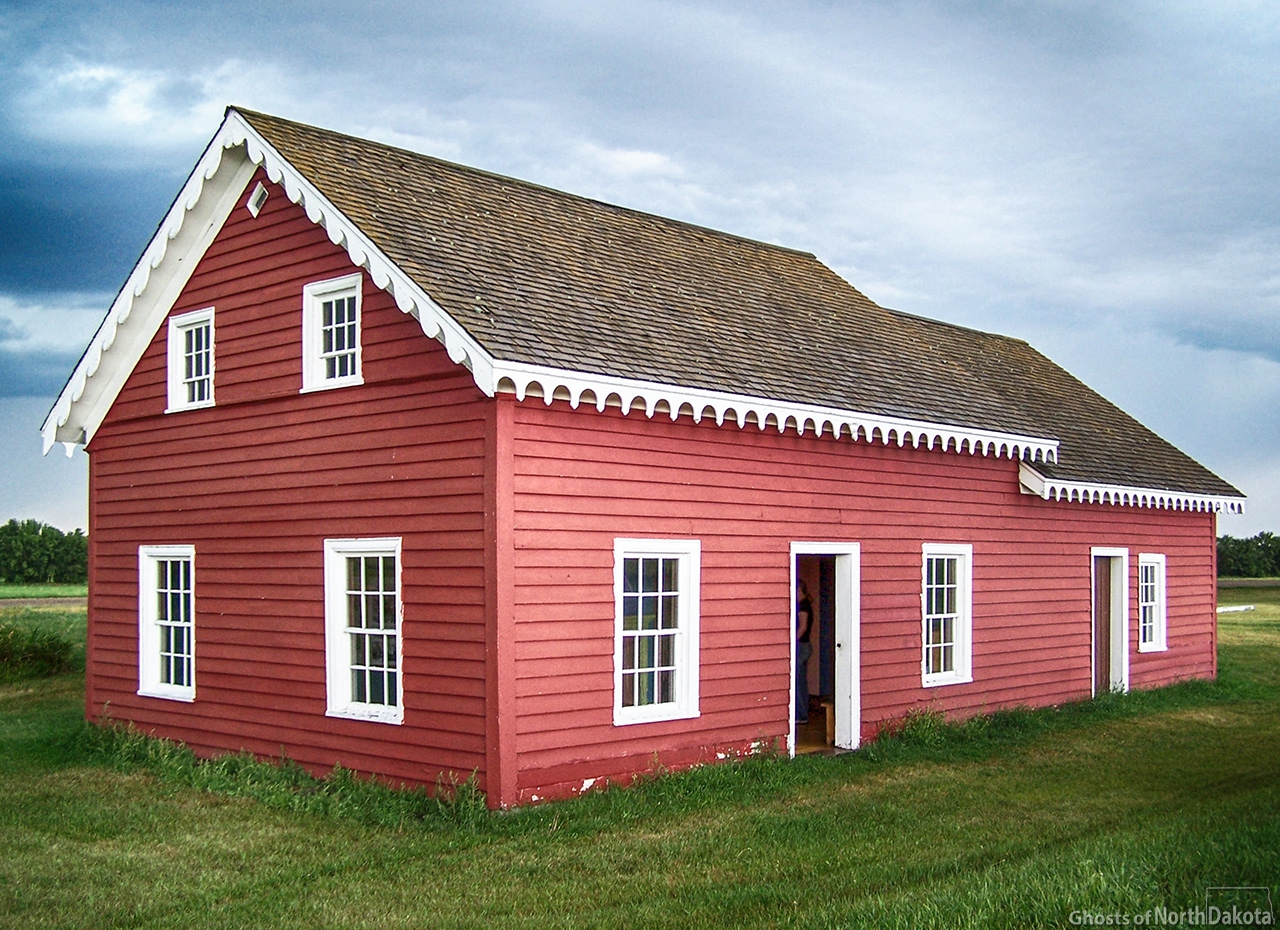
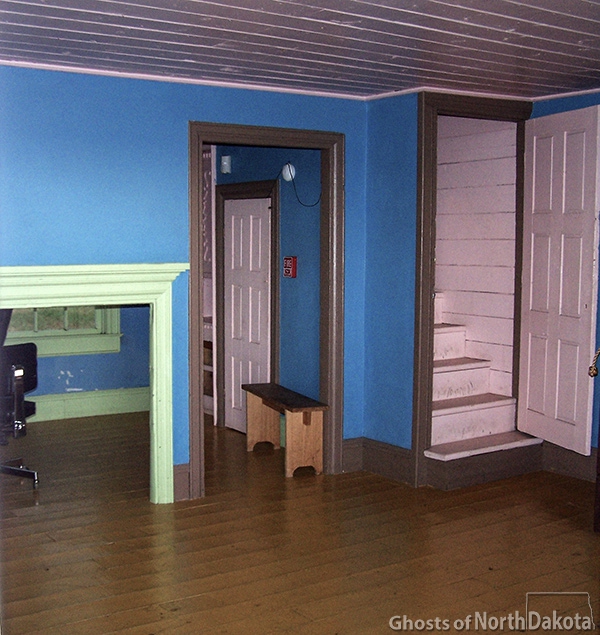
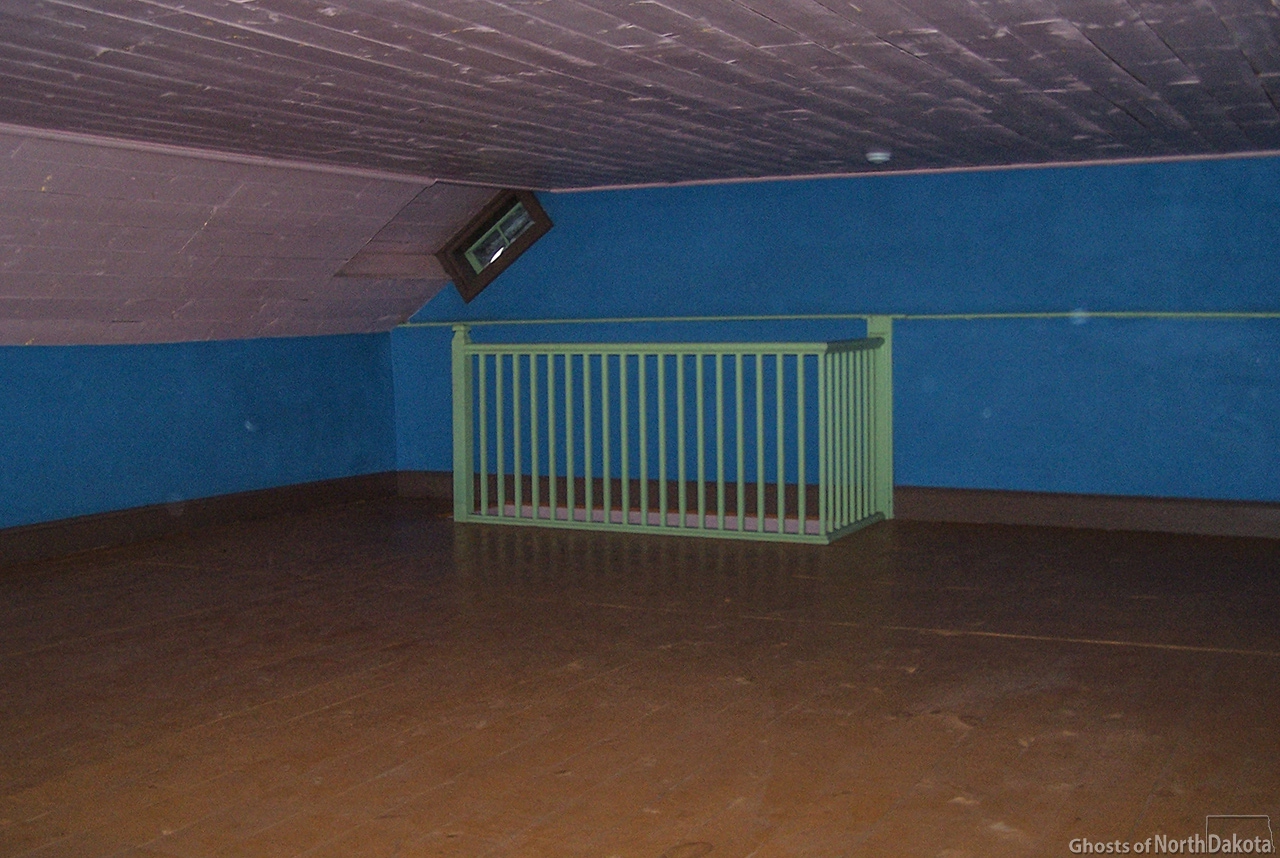
Thanks for the information. Great historic interest here!
LikeLike
I’m curious, I see no remnant of a fireplace, How did they heat this trading post?
LikeLike
I grew up in Walhalla and around these structures: we had one in our yard that we used as a storage shed when I was a kid. It’s now in Walhalla’s Riverside Park, along with at least one other. There is a lot of history in the area, and the Gorge is a great place to explore. You’re right, it is a virtually unknown area, but those who live there have been trying to promote the area for years.
LikeLike
I live in NW ND and know quite a bit about Fort Union Trading Post. It is very cool to see and read more about one of the American Fur Trading Company’s competitors during the mid 1800s fur trade era.
LikeLike